Mechanical engineer Sangbae Kim builds animal-like machines for use in disaster response.


Mechanical engineer Sangbae Kim builds animal-like machines for use in disaster response.
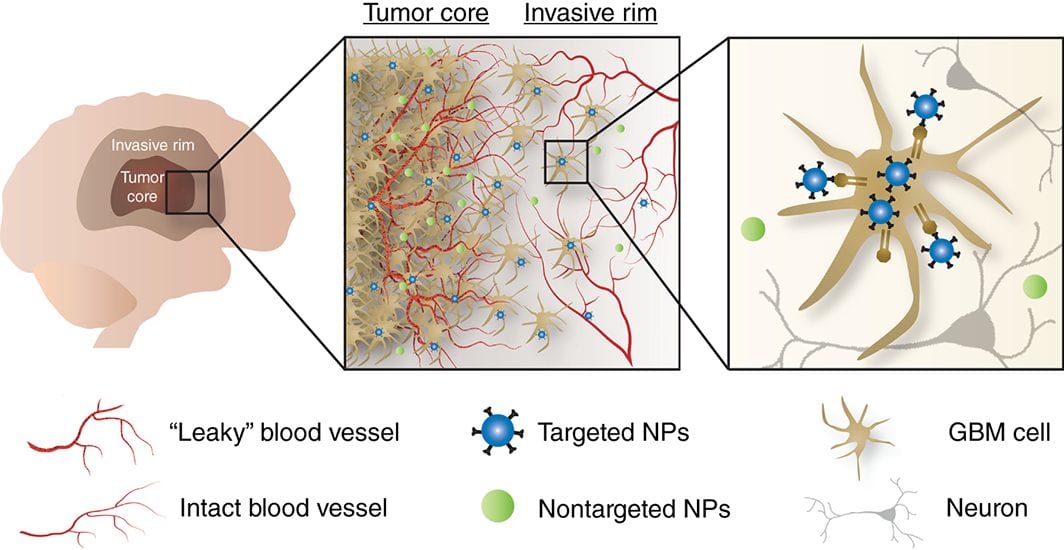
In an effort to overcome barriers to the treatment of glioblastoma (GBM), targeted nanotherapeutics have emerged as promising drug delivery systems with the potential to improve pharmacokinetic profiles and therapeutic efficacy.

Forget the “nature vs nurture” debate, learn the developmental systems perspective in this special collection, which aims to help scientists, parents, teachers, and policy makers understand child development.
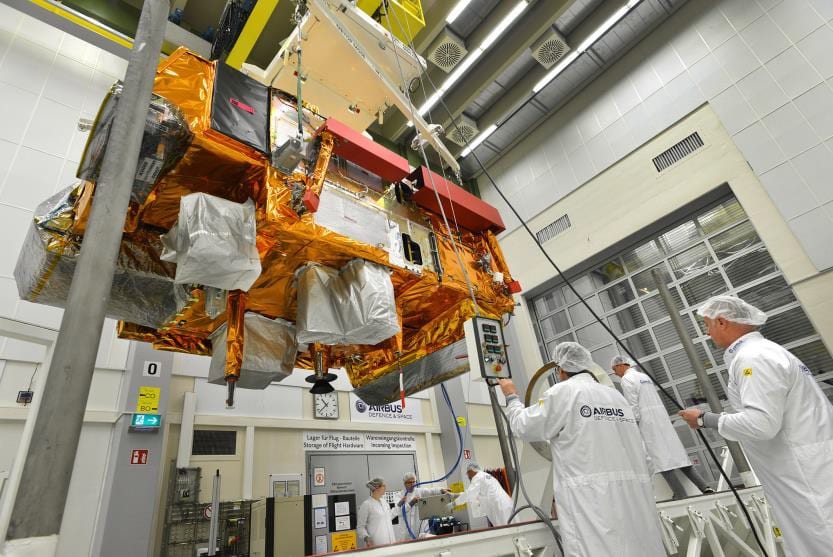
The third MetOp weather satellite is being put to the test.
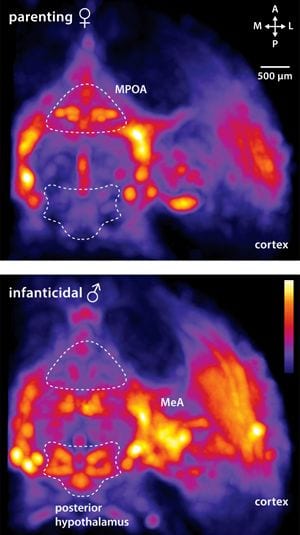
The brains of mice and humans are more similar than we’d think when it comes to parenting…
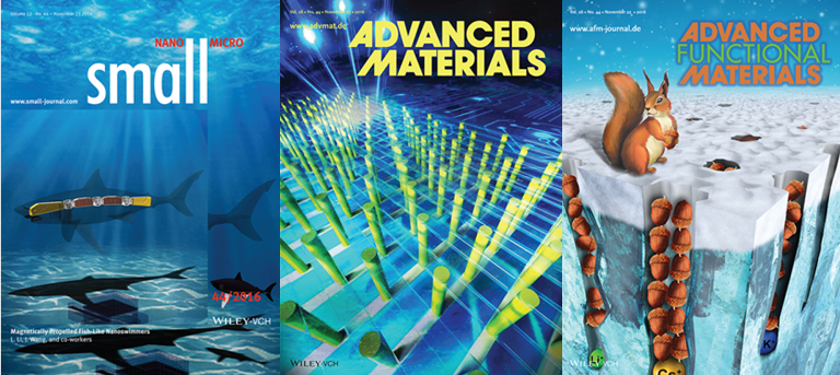
Society is at a crossroads with many topics such as sustainability, energy, medicine, and healthcare. Material science offers many solutions to these problems.
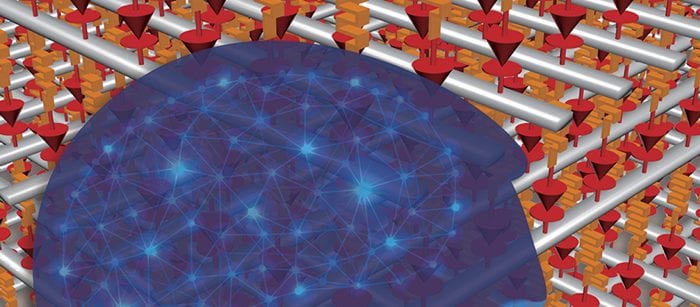
Jeong et al. argue that a change in paradigm away from the CPU+Memory computing approach and towards a materials approach which mimics biological neurons as synapses is needed.
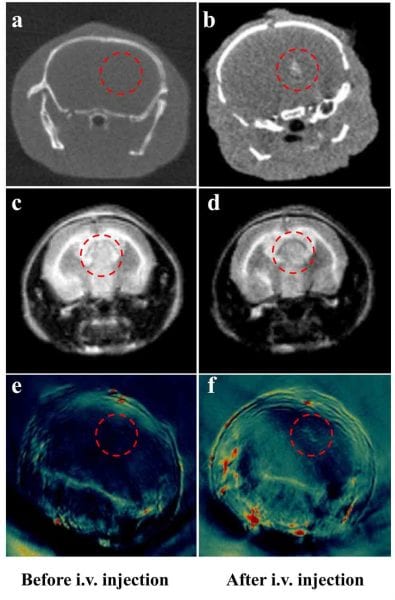
Researchers present the use of Au@MIL-88(Fe) nanoparticles that serve as triple-modality imaging agents, in CT, MRI, and PA imaging of gliomas.
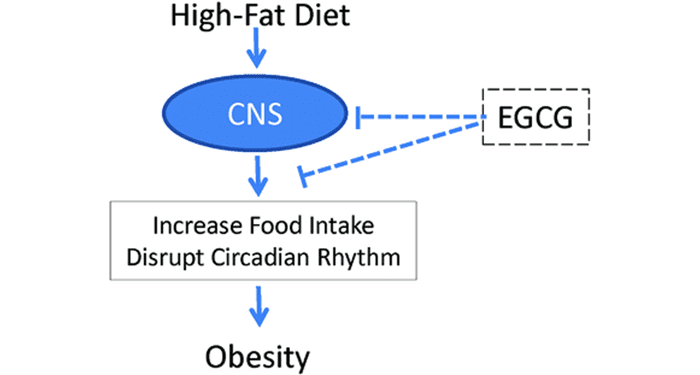
Epigallocatechin-3-gallate (EGCG), the active compound in green tea, counteracts overeating brought about by consumption of excessive amounts of high-fat foods.
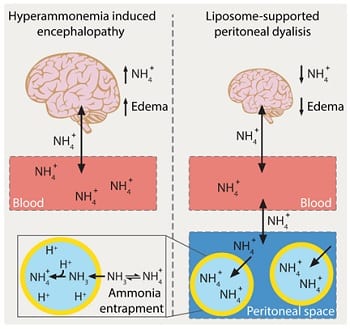
Professor Leroux and colleagues investigated the translational potential of liposome-supported peritoneal dialysis (LSPD) for the treatment of hyperammonemia-induced encephalopathy.